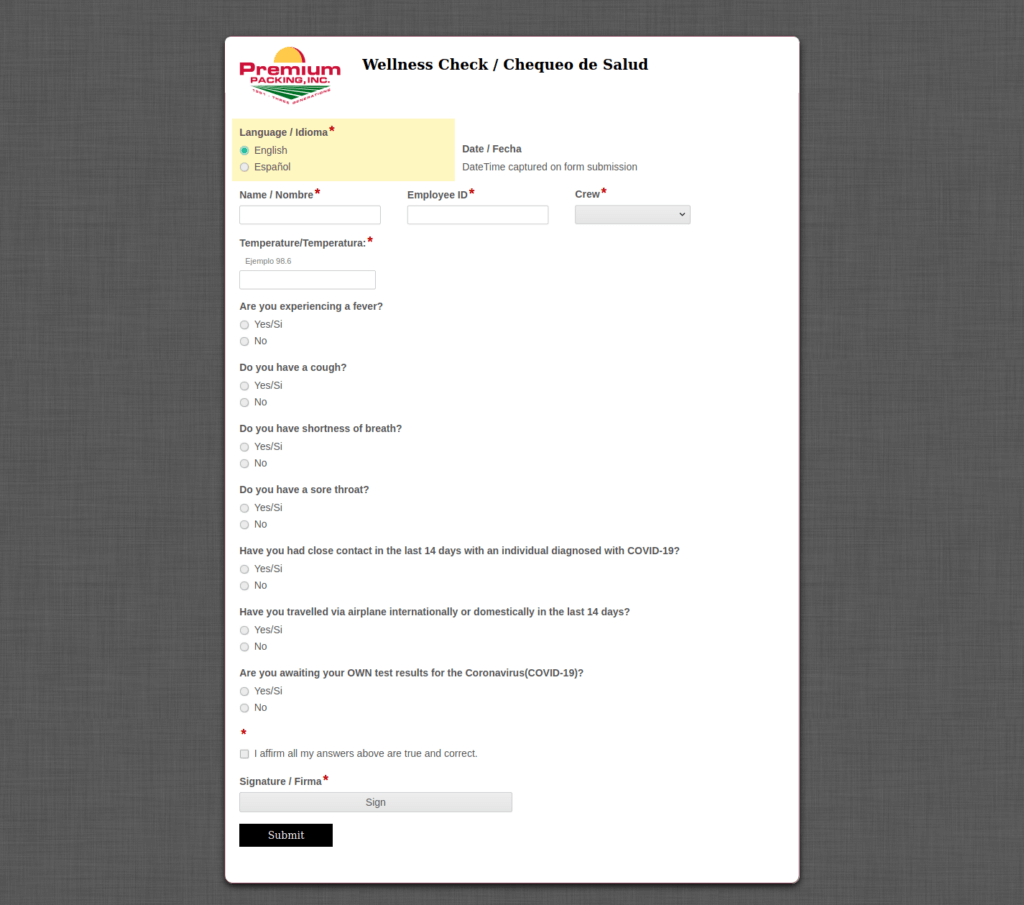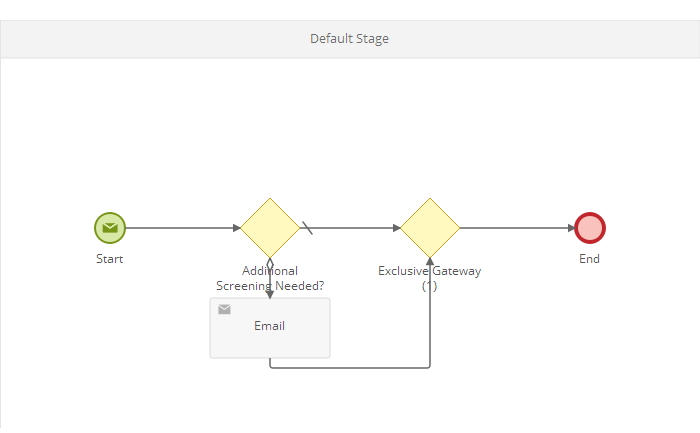In the past year, Jones College began an initiative aimed at improving the student experience by bringing five previously separate departments (financial aid, admissions, records, recruiting and the student success center) under one umbrella. Using Laserfiche Cloud, the college centralized the five teams’ documents and processes, giving staff and students access to forms and information online, and streamlining key student services.
These digital transformation initiatives have enabled Jones College to navigate the COVID-19 pandemic and various government mandates, even as the college saw a 15% jump in enrollment during the summer of 2020 over summer 2019
Moving Enrollment Management to the Cloud
Jones College is a public community college in Ellisville, Mississippi, that was established in 1911.
“As a community college, the impact we have in our society is big — we offer high-quality education at a lower price,” said Paul Spell, vice president of enrollment management. “We’ve been here 100 years, and there have been a lot of changes through the years. We have to continue to show value to students and to our community, and to do that we have to think outside the box.”
As part of the organization’s commitment to providing the best possible experience to students, Jones College President Dr. Jesse Smith looked for opportunities for modernization and new efficiencies. In 2018, the college embarked on a mission to bring together five disparate teams — financial aid, admissions, records, recruiting and the student success center — under one department called enrollment management.
“The goal was to have students go to one admissions counselor who can get their paperwork processed and guide students through the enrollment process in a centralized way,” said Spell. Previously, staff and students had to physically walk paperwork across campus to get it to the right people, which was not only inconvenient and time-consuming, but also introduced the risk of information loss. “To centralize the experience, these five departments had to work together as a team, and Laserfiche really enabled that.”
The college turned to Information Consultants, a Laserfiche solution provider, to implement Laserfiche Cloud and help to map out the newly formed enrollment management department’s processes. Information Consultants was able to implement Laserfiche within a week, as a result of the cloud deployment.
“We chose to use Laserfiche Cloud because we wanted less of a hassle managing servers and software here on campus,” Spell explained. “We don’t have a lot of IT people, and we are always looking to be as efficient as possible. On top of that, we want our staff to be able to access documents from the office or home — or anywhere — easily.”
“The enrollment management department really took Laserfiche and ran with it,” added Pierre Smith, workflow specialist at Information Consultants (ICONS). “Jones College and its embrace of digital transformation using Laserfiche Cloud is proof that a 100-year-old institution can continue to innovate, and deliver a modern experience for staff and students.”
New Opportunities for Efficiency
Initially, the enrollment management department implemented Laserfiche as a digital filing cabinet, and began scanning paperwork into the Laserfiche repository. Staff quickly saw, however, that capturing information digitally from the beginning of the process would eliminate the need for paper and open up greater opportunity for transparency, efficiency and ongoing optimization through business process automation. The COVID-19 pandemic and stay-at-home orders further highlighted the need to transition to a more digital workplace.
“Everything was put on hold when COVID-19 hit,” Spell said. “When we were able to come back, we realized that paper processes were just inefficient. We decided to have a ‘digital day,’ essentially a deadline for us to go digital with everything. This was all during the pandemic, and we were able to go digital in about a week.”
Spell introduced Laserfiche Forms to the financial aid team. The team’s responsibilities, including managing processes related to grants, fee waivers, scholarships and other financial assistance programs, made it an ideal candidate for transitioning to Laserfiche electronic forms and automated workflows. Within two weeks, the financial aid team had created more than 30 online forms to replace their paper counterparts, including the form to validate students’ tax status, income verification and others needed to qualify for financial aid like FAFSA.
“For financial aid programs, we need to collect and verify a lot of information, which previously was done manually on paper and could take days to weeks,” said Jones College Director of Financial Aid Kari Dedwylder. “Now, students don’t have to come to the office in person. They can access the form they need and get it filled out in less than 10 minutes. We can also leverage electronic signatures which is helpful since a lot of people don’t have a printer, and verifying information electronically is so easy to get done while also meeting the needs of the college, the financial aid organizations and the federal department.”
The college is also working to digitize the graduation application, a long document which students previously had to fill out and physically take around campus for advisors to sign it. Another opportunity for automation is the process of accepting transcripts, which have traditionally come through the mail or brought in by hand. With a new, automated workflow in Laserfiche, the college can automatically email students to tell them whether they have been accepted.
“Communication with our students is huge, and something we’re always looking to enhance,” Spell said. “Through Laserfiche, we can effectively build communication into our processes without having to manually email each student.”
With Laserfiche helping to centralize information and standardize and automate processes, the enrollment management department now offers a more streamlined experience for students. Meanwhile, Laserfiche has improved accountability and trust among the five teams that were merged to form the department.
“Laserfiche not only helped with digitizing our paperwork and processes, but it’s also helped with our teamwork,” Spell said. “Now, we have processes we can see; we have better accountability.”
Spell estimates that the Jones College’s Laserfiche initiative has saved the institution about $30,000 to $40,000 in staff hours, or about three to four months of work for the department. Over the summer, enrollment was up 15% over the summer of the previous year and — during a pandemic and without adding additional staff — the enrollment management department was able to manage the larger workload due to their efforts to streamline processes using Laserfiche.
“When the pandemic hit, we were planning for lower enrollment,” Spell said. “We had transitioned learning to online, and administrative processes were online thanks to Laserfiche. Over the summer, though, enrollment was up while other community colleges have taken double-digit drops. People don’t know what’s going to happen, but the digital processes and automations have taken the burden off of our staff as we navigate these changes.”
Building on a Digital-First Approach for Student Success
The Jones College team continues to look for new opportunities to leverage Laserfiche for business process automation and improved efficiency.
“This is only our first year using Laserfiche, and all I can think about is how much more streamlined we’re going to make these processes,” Dedwylder added. “Right now, we still have some students who are used to the old processes but, being a two-year college, we’ll have new students who will be introduced to the digital forms right away. Our students are going to expect this digital experience.”
Spell already has plans to enhance existing forms with auto-fill functionality so that there is even less manual data entry for students, and to integrate Laserfiche with the college’s other applications including the student information system (SIS). Some future projects that are not student-facing include a Laserfiche form that keeps a log of all of the activities required for student admission, so that admissions counselors can quickly see what a student has completed and what paperwork has been submitted.
“As a community college, the services we offer are incredibly valuable,” Spell said. “Many students are from rural or underserved communities. The main part of our job is people — the technology solutions that can make us more efficient and improve our processes help to keep us focused on that.”
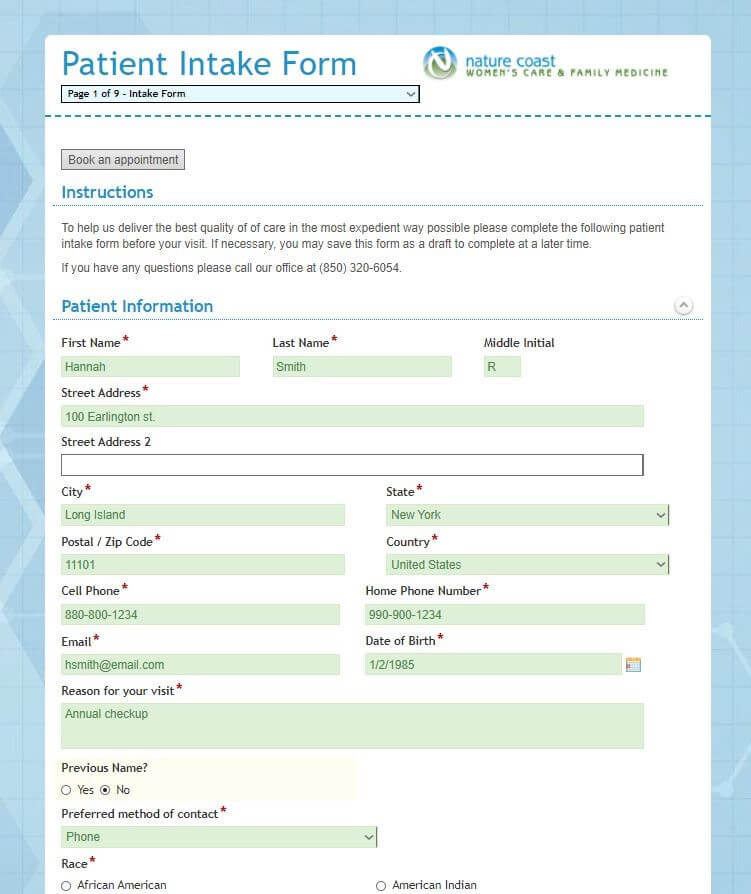
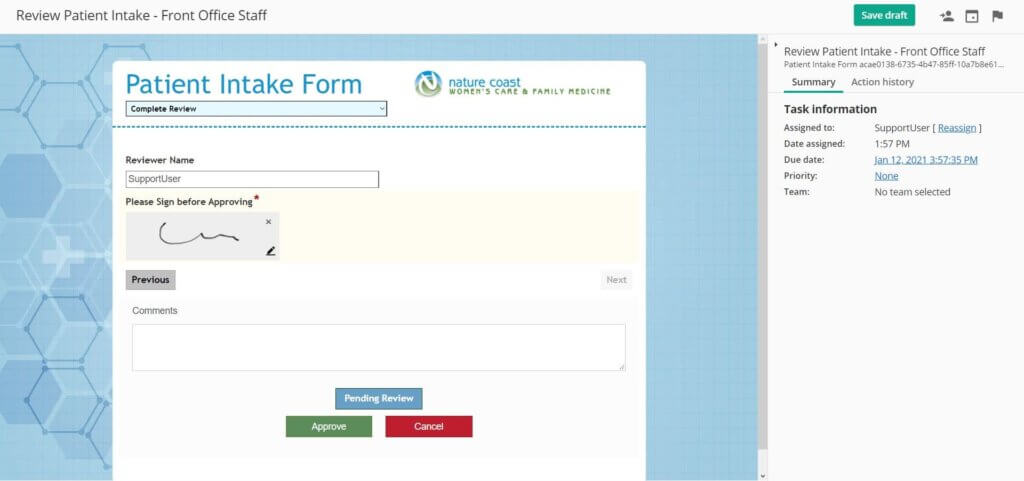



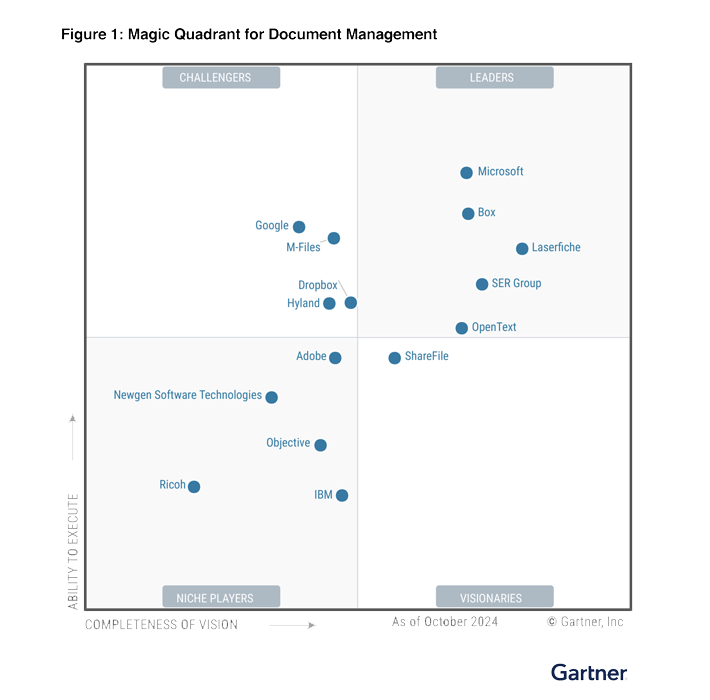
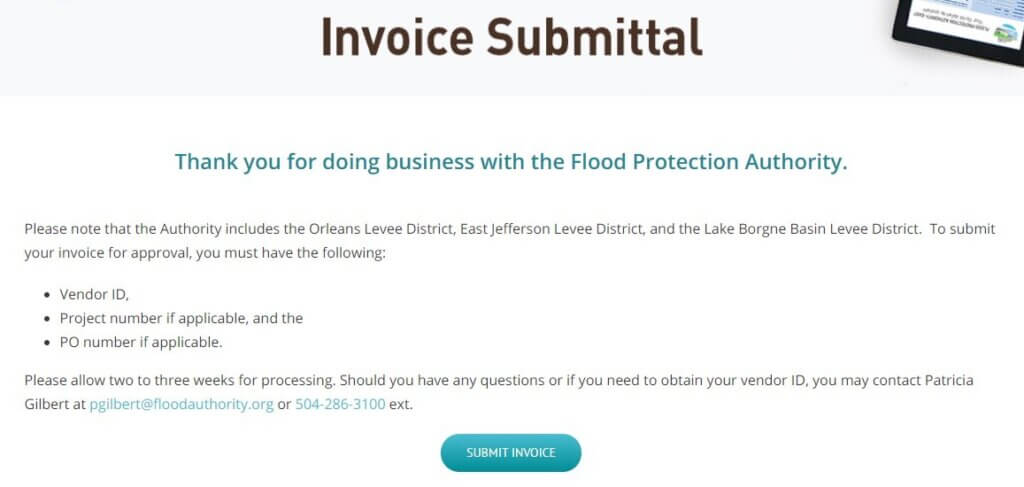
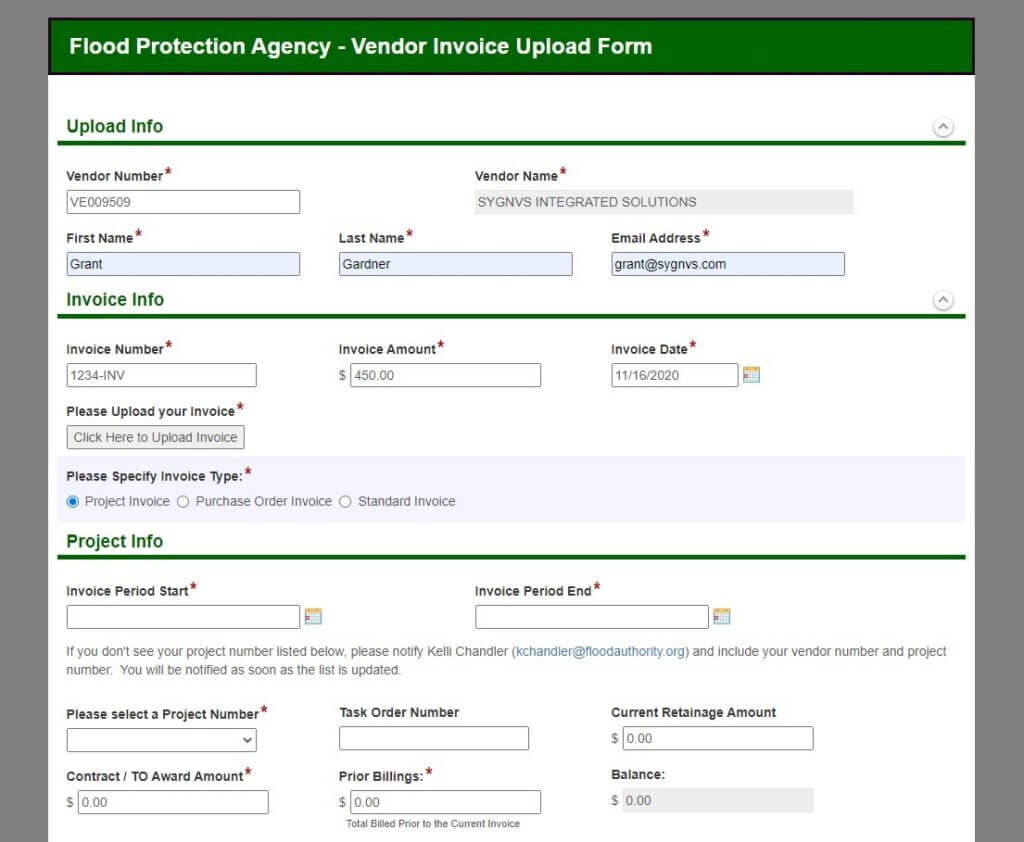
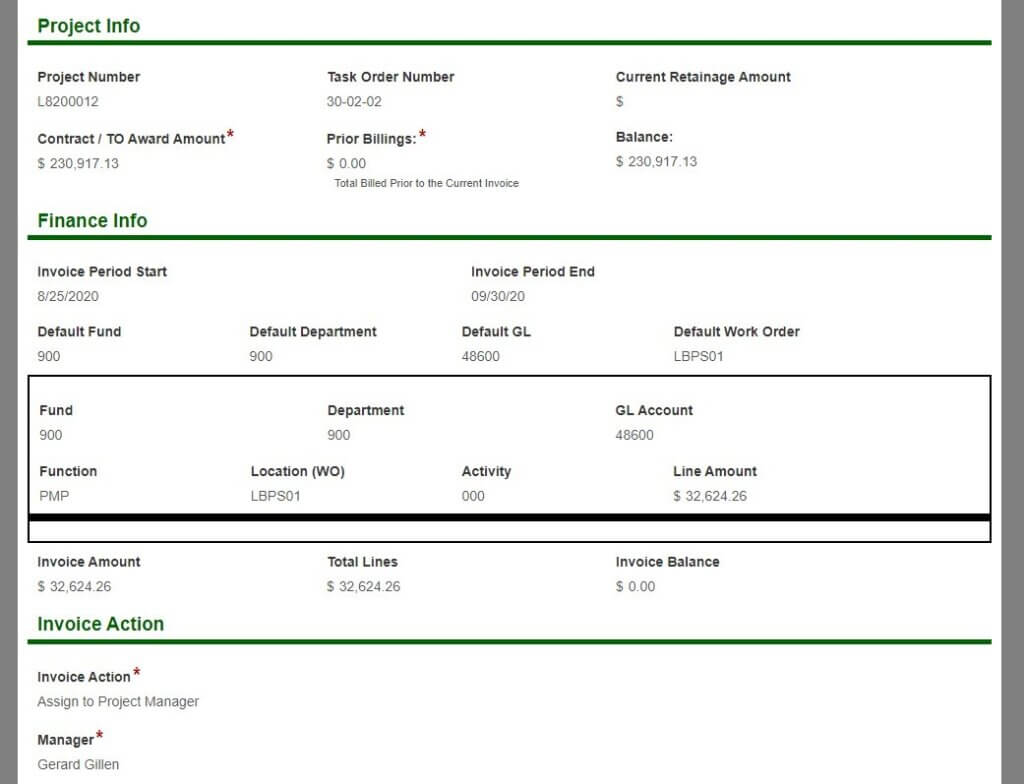
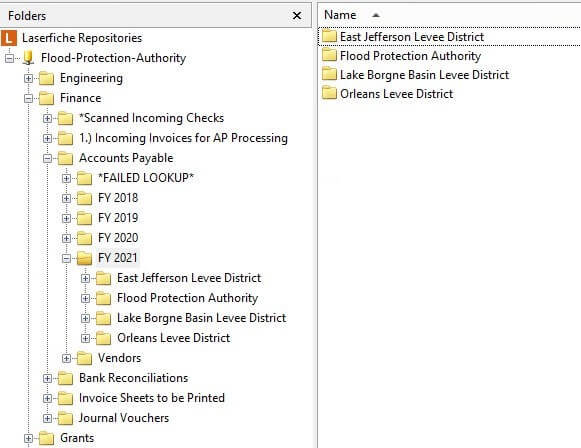
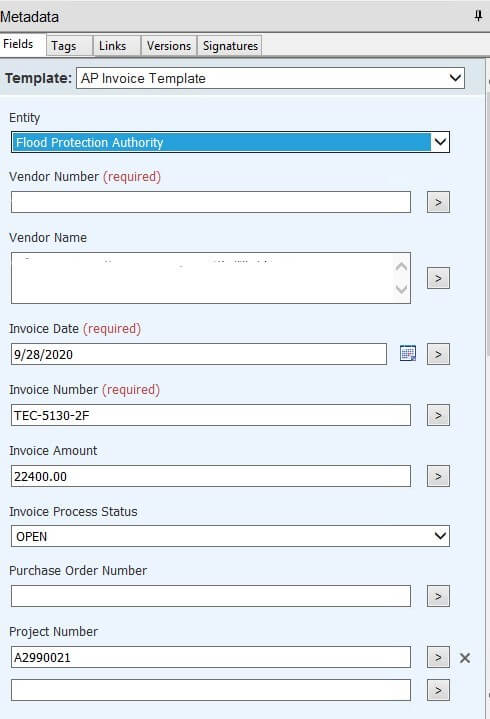
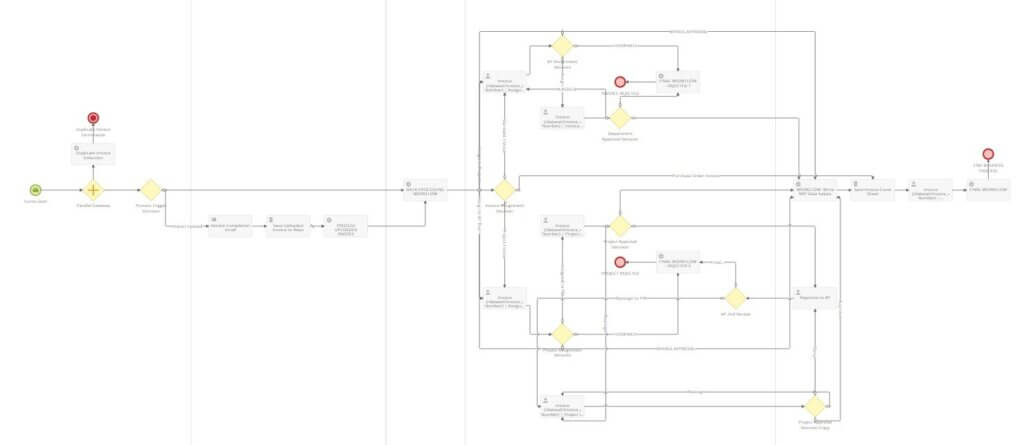


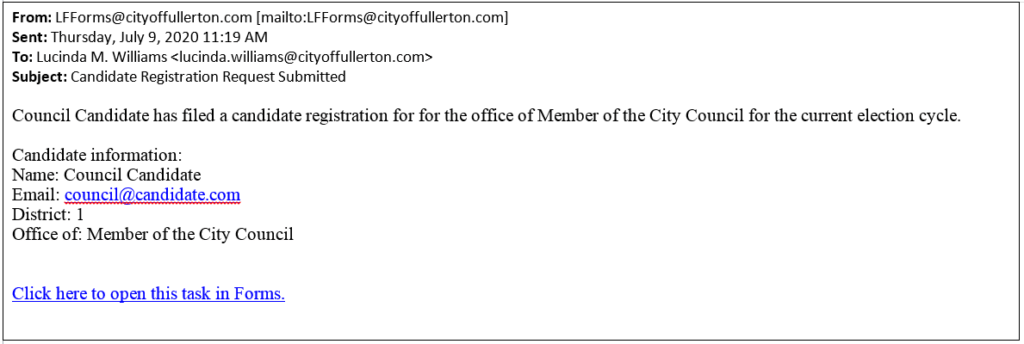
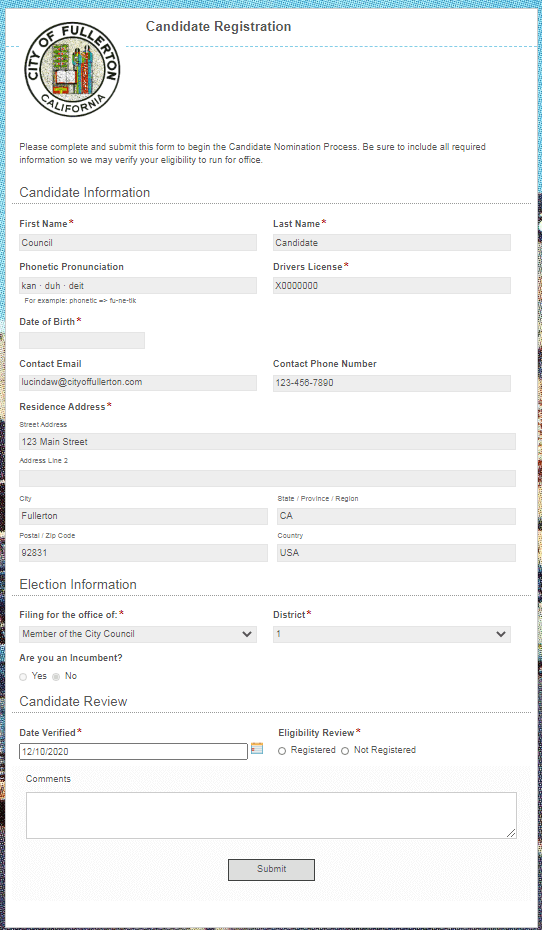


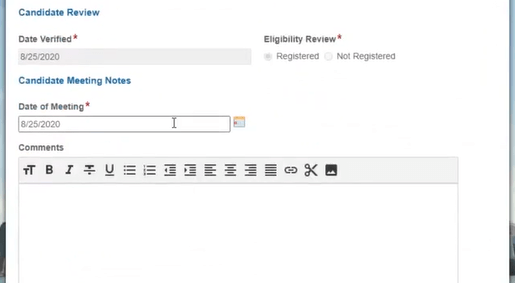
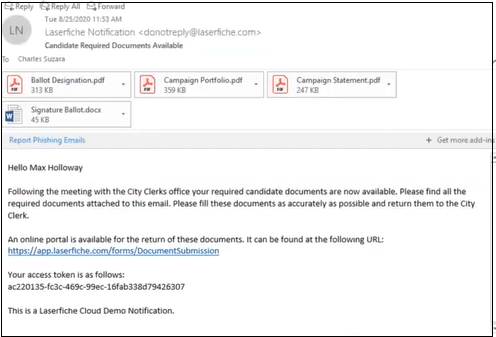
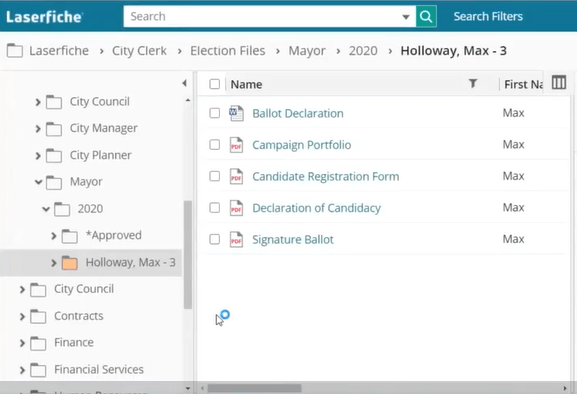
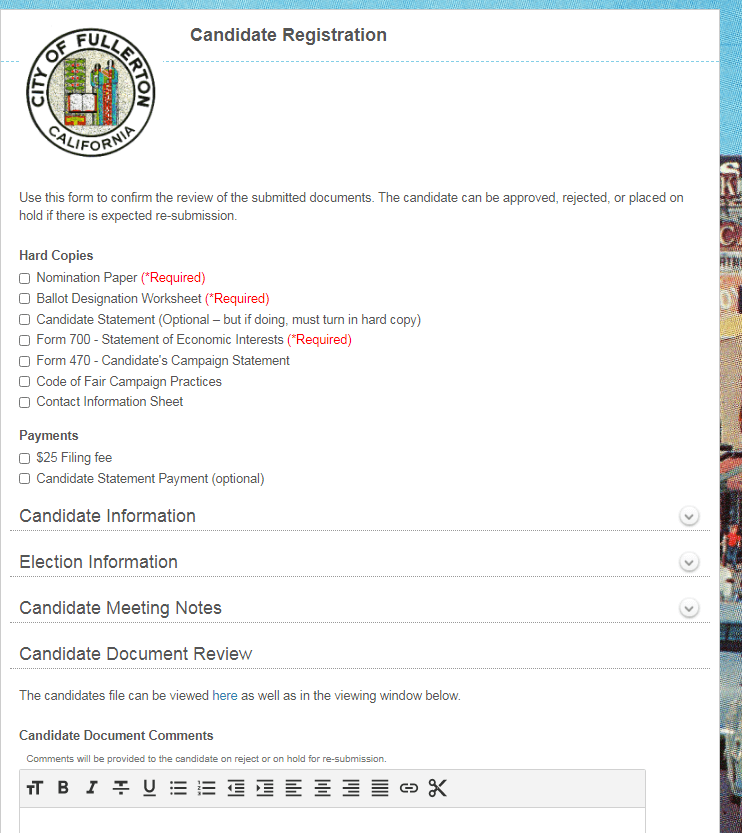

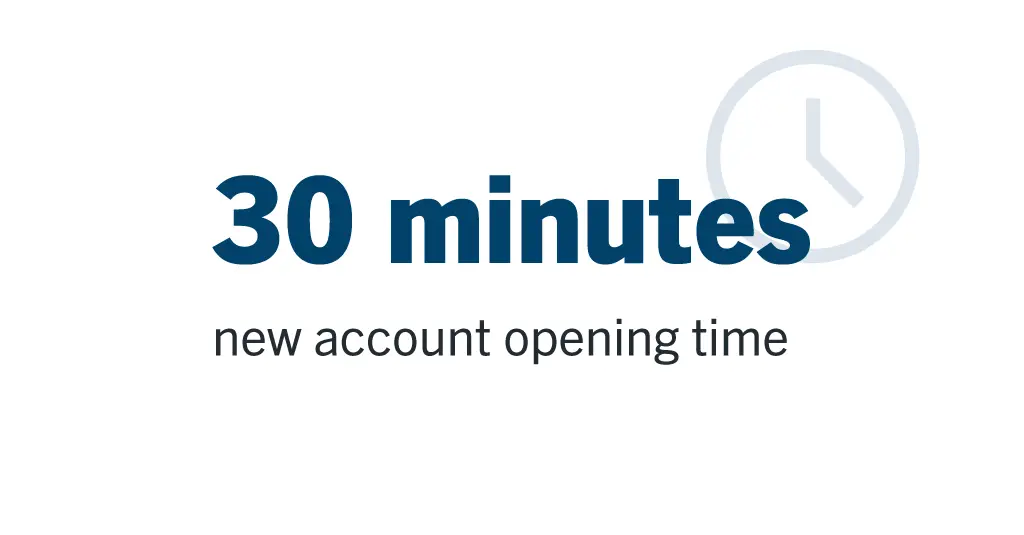 Compared to the legacy system, this new process has generated a week in time savings. The process is not only quick, but enhances personnel accountability from start to finish.”
Compared to the legacy system, this new process has generated a week in time savings. The process is not only quick, but enhances personnel accountability from start to finish.”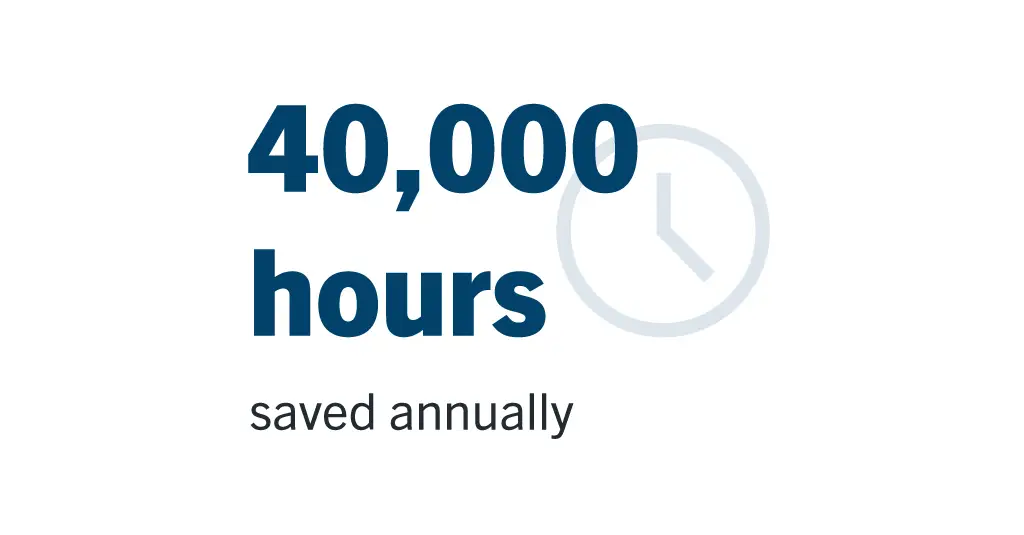 One feature that simplifies audit preparation is Laserfiche’s event log capability, which tracks the creation, deletion and modification of documents.”
One feature that simplifies audit preparation is Laserfiche’s event log capability, which tracks the creation, deletion and modification of documents.” “It’s pretty astounding when you consider the time savings,” said the IT director. “We estimate that Laserfiche saves us up to one hour per document. “Given the firm’s estimated average of 165 documents processed per day, Laserfiche produces an annual time savings of roughly 41,415 hours.”
“It’s pretty astounding when you consider the time savings,” said the IT director. “We estimate that Laserfiche saves us up to one hour per document. “Given the firm’s estimated average of 165 documents processed per day, Laserfiche produces an annual time savings of roughly 41,415 hours.”
